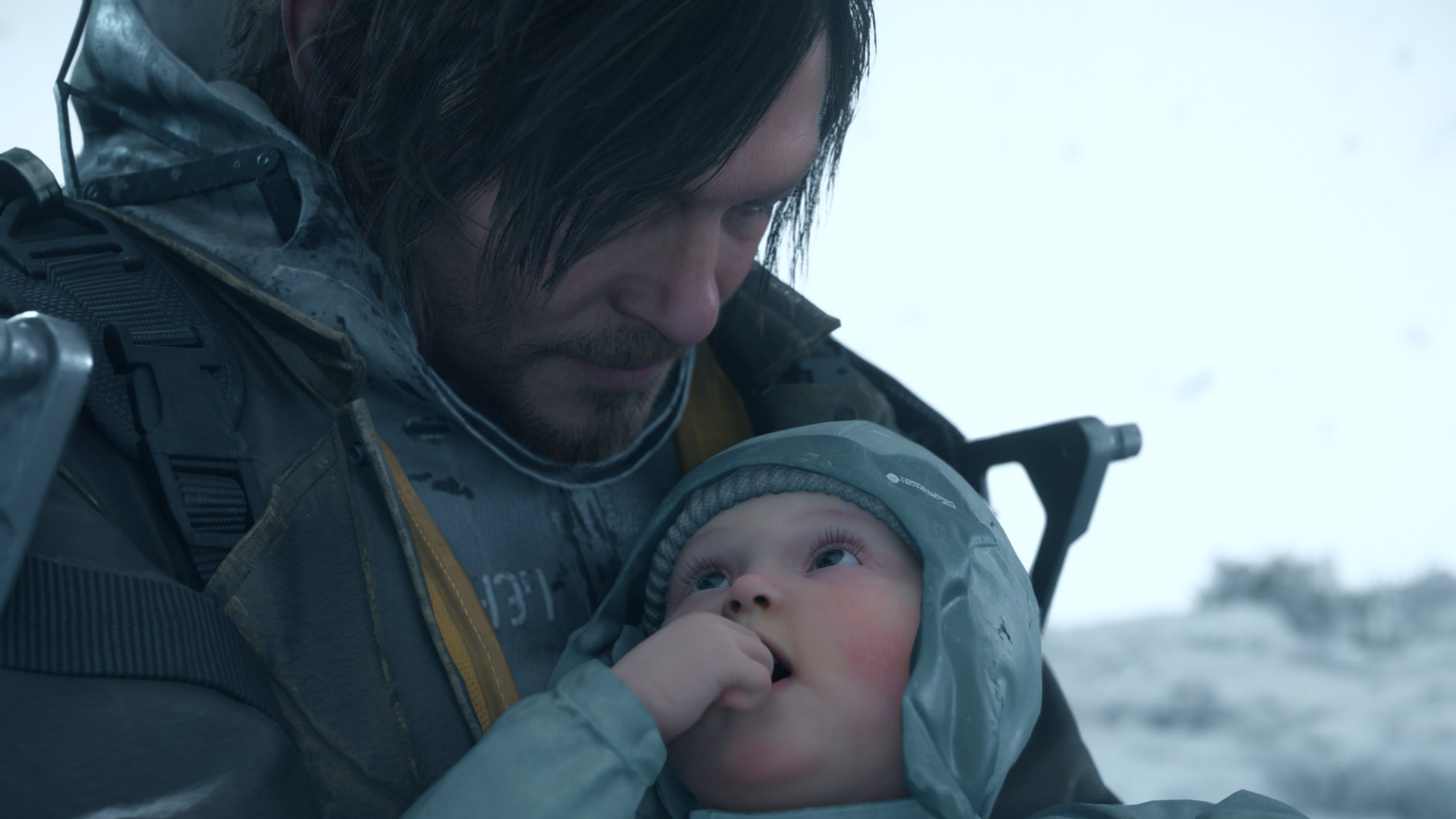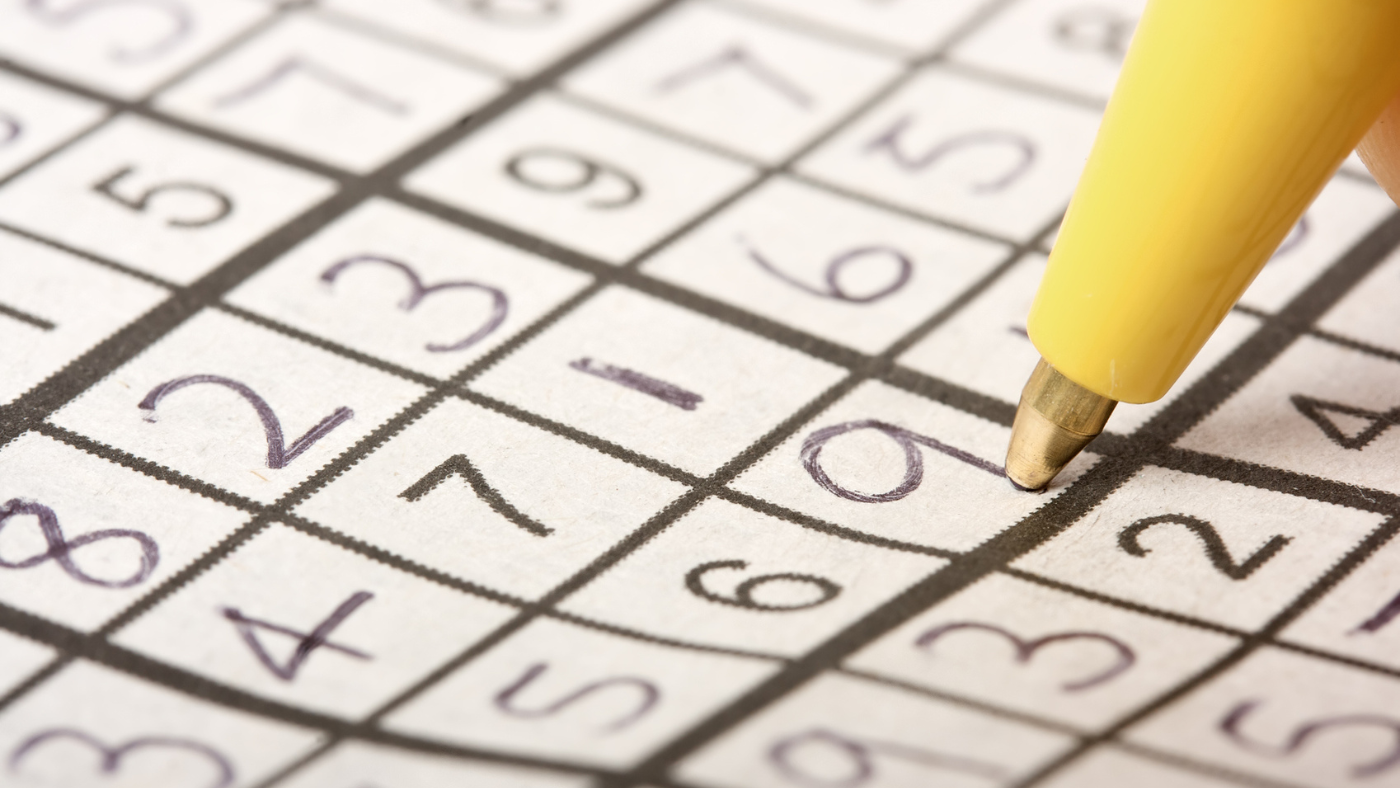Exhibition of the week: Tokyo (Art & Photography)
The Ashmolean Museum’s new show is ‘as bustling and eclectic as Tokyo itself’
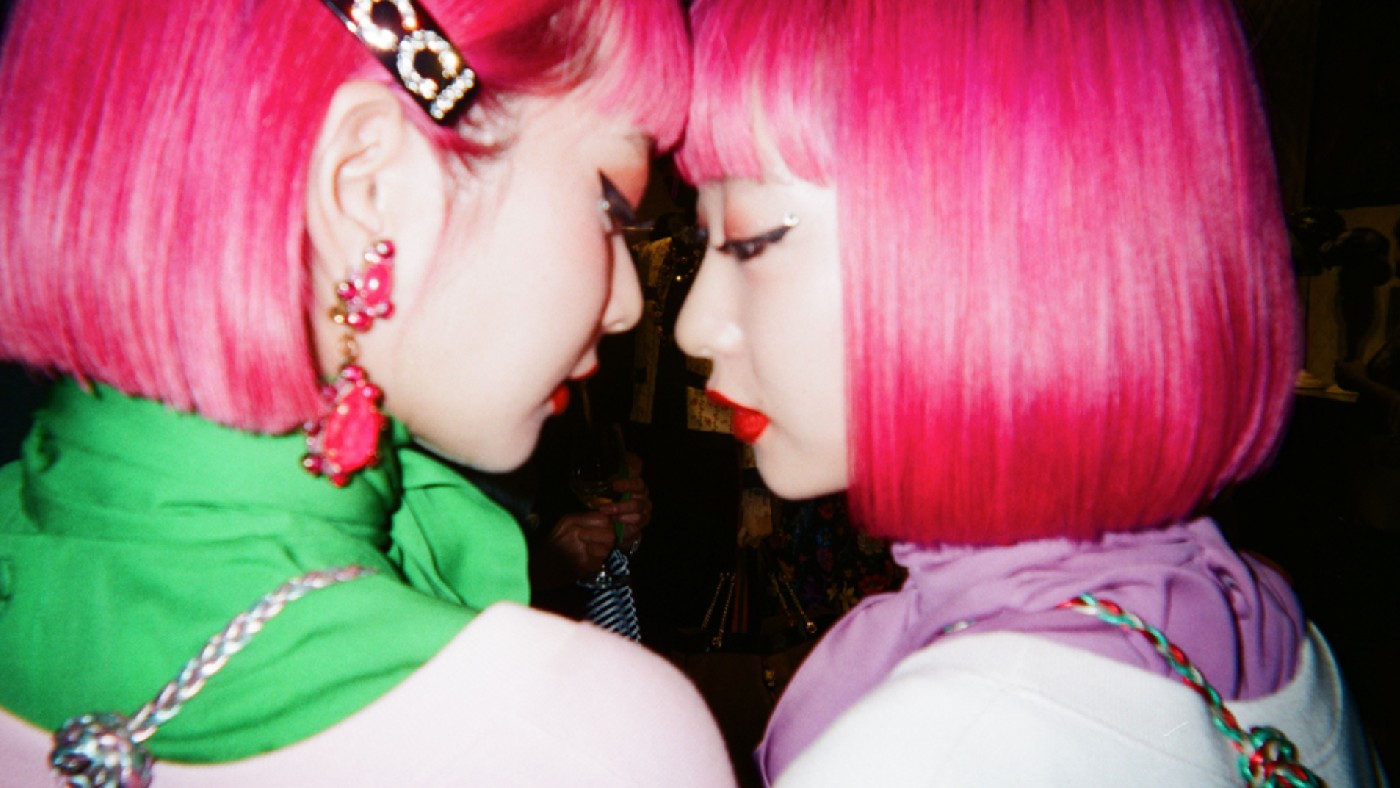
Home to more than 37 million people, Tokyo is one of the world’s largest cities, said Tim Hughes in the Oxford Mail. That it exists at all is something of a miracle: a marshy former Samurai garrison town, once very much a poor relation of the imperial capital Kyoto, it grew up at the convergence of three tectonic plates. As a result, it is very vulnerable to earthquakes; and it has often had to “rebuild and reinvent itself” to cope with the devastating effects of “natural disasters and man-made catastrophes”.
The Ashmolean Museum’s new show is “an exploration of Japan’s capital city through the vibrant arts it has generated over 400 years”. Taking in everything from Hokusai and Hiroshige woodblocks to contemporary photography and works by “avant-garde collectives”, it brings together a wealth of prints, paintings, photos and sculptures, and adds up to an exuberant celebration of “one of the world’s most creative, dynamic and fascinating cities”.
The exhibition is as bustling and eclectic as Tokyo itself, said Alex Diggins in The Daily Telegraph. You will see everything from a print of a geisha frozen mid-dance, to a 300ft Godzilla belching “electric gunk onto the shattered cityscape below”, to a “hallucinatory pink tunnel” plastered with the artist Mika Ninagawa’s photographs of trees. “The work of 18th century woodblock masters jostles with pop art poseurs”, but thanks to a deft and subtle historical narrative, the show give a strong sense of the ordered chaos characteristic of its subject.
The Week
Escape your echo chamber. Get the facts behind the news, plus analysis from multiple perspectives.

Sign up for The Week's Free Newsletters
From our morning news briefing to a weekly Good News Newsletter, get the best of The Week delivered directly to your inbox.
From our morning news briefing to a weekly Good News Newsletter, get the best of The Week delivered directly to your inbox.
A section exploring disaster is particularly enthralling: at one point, we see a 19th century woodblock print depicting the citizens of Edo (as Tokyo was then known) subduing the namazu, a giant catfish they believed dwelt under the city and caused earthquakes by flicking its tail.
Generally, though, it is Tokyo’s postwar and contemporary artists, and especially its photographers, “who command most attention”: they best capture “the steamy press” of a city where “37 million souls collide”. Some of the older material can be a little fusty, though, and the curators’ strenuous attempts to avoid the more “gimmicky aspects” of Japanese culture mean that many important and interesting artistic phenomena – manga, for instance – are given short shrift.
I disagree, said Jonathan Jones in The Guardian. This “thrilling” exhibition shows a fascinating continuity between the older works and the newer ones. From the 17th century, Tokyo was famous for its pleasure quarter, “the floating world”, which inspired a new art genre – ukiyo-e, “pictures of the floating world”, of samurais illicitly visiting the city’s brothels, or sex workers with “entangled limbs”.
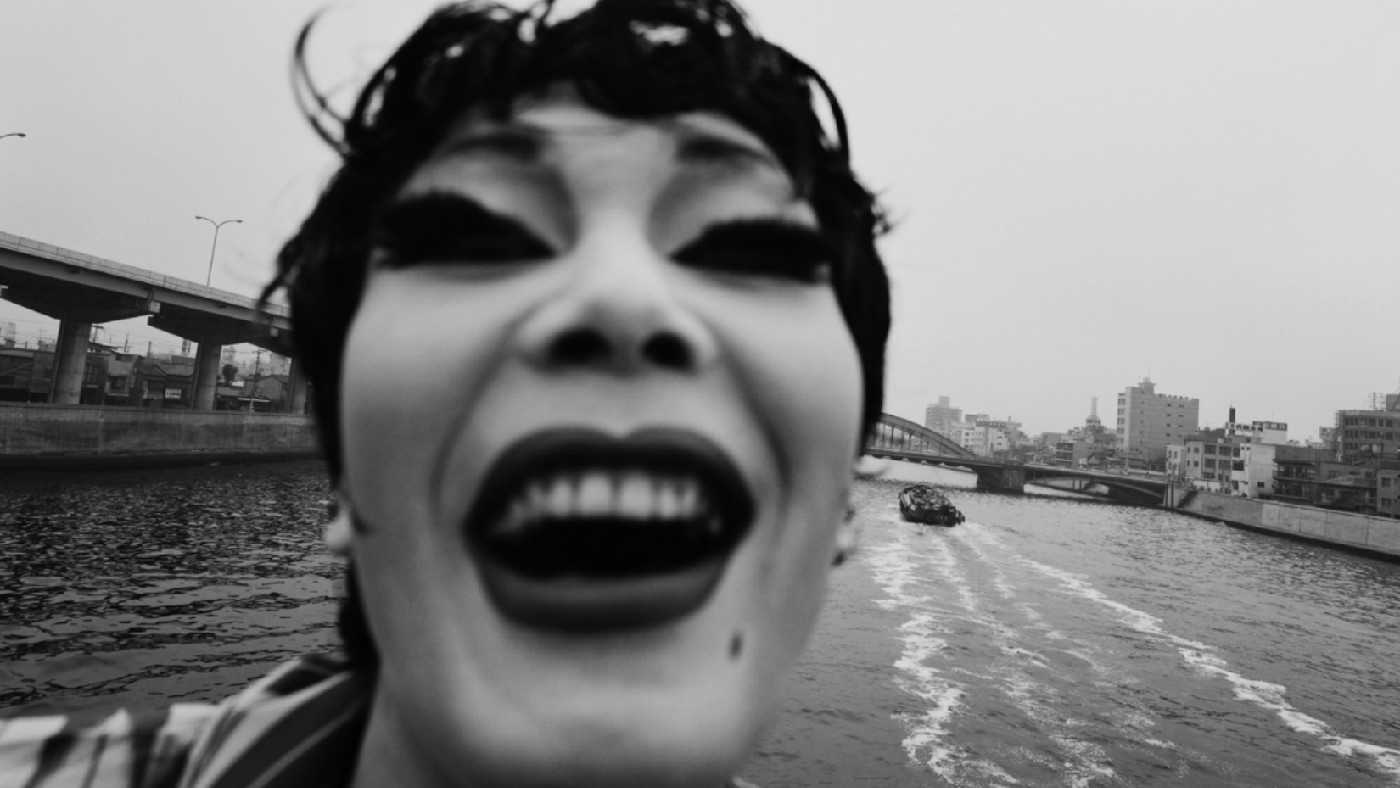
Tokyo’s artists are “still making pictures of the floating world” today. There are Ninagawa’s “intensely coloured” photographs of “blue and pink-haired” clubbers, and Tokyo Rumando photos of “love hotels” – “sexual retreats” offering young couples the chance to escape their family homes.
A free daily email with the biggest news stories of the day – and the best features from TheWeek.com
The greatest works of art here are Utagawa Hiroshige’s 1850s series One Hundred Famous Views of Edo, which depict “with cool modernity, the anomie and randomness, as well as the fleeting beauties” of life in the capital. “If Tokyo’s artists today are so good at inhabiting modern life in all its strangeness, that might be because their city has a great tradition of doing it.”
Ashmolean Museum, Oxford (ashmolean.org). Until 3 January 2022
-
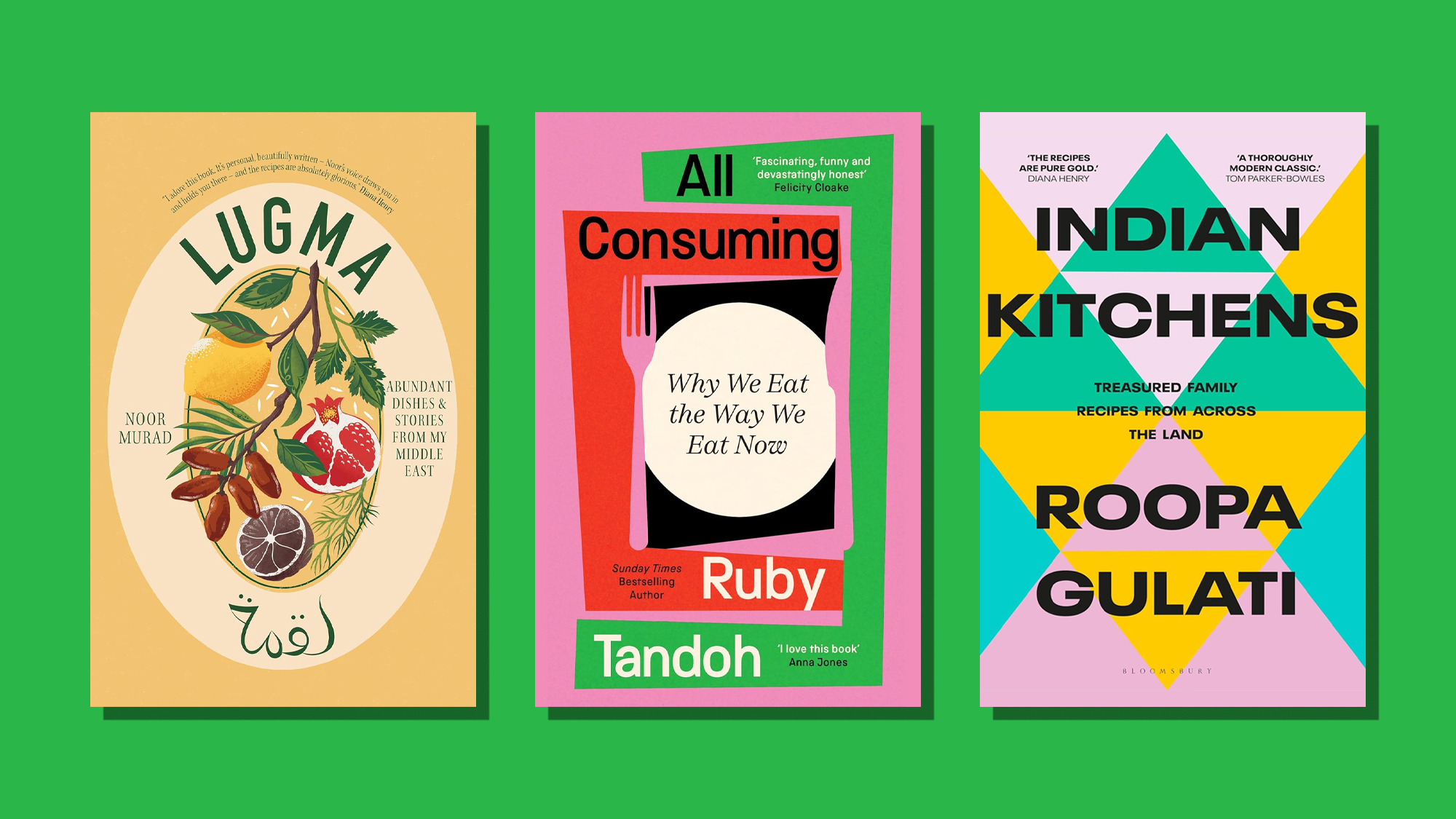 The best food books of 2025
The best food books of 2025The Week Recommends From mouthwatering recipes to insightful essays, these colourful books will both inspire and entertain
-
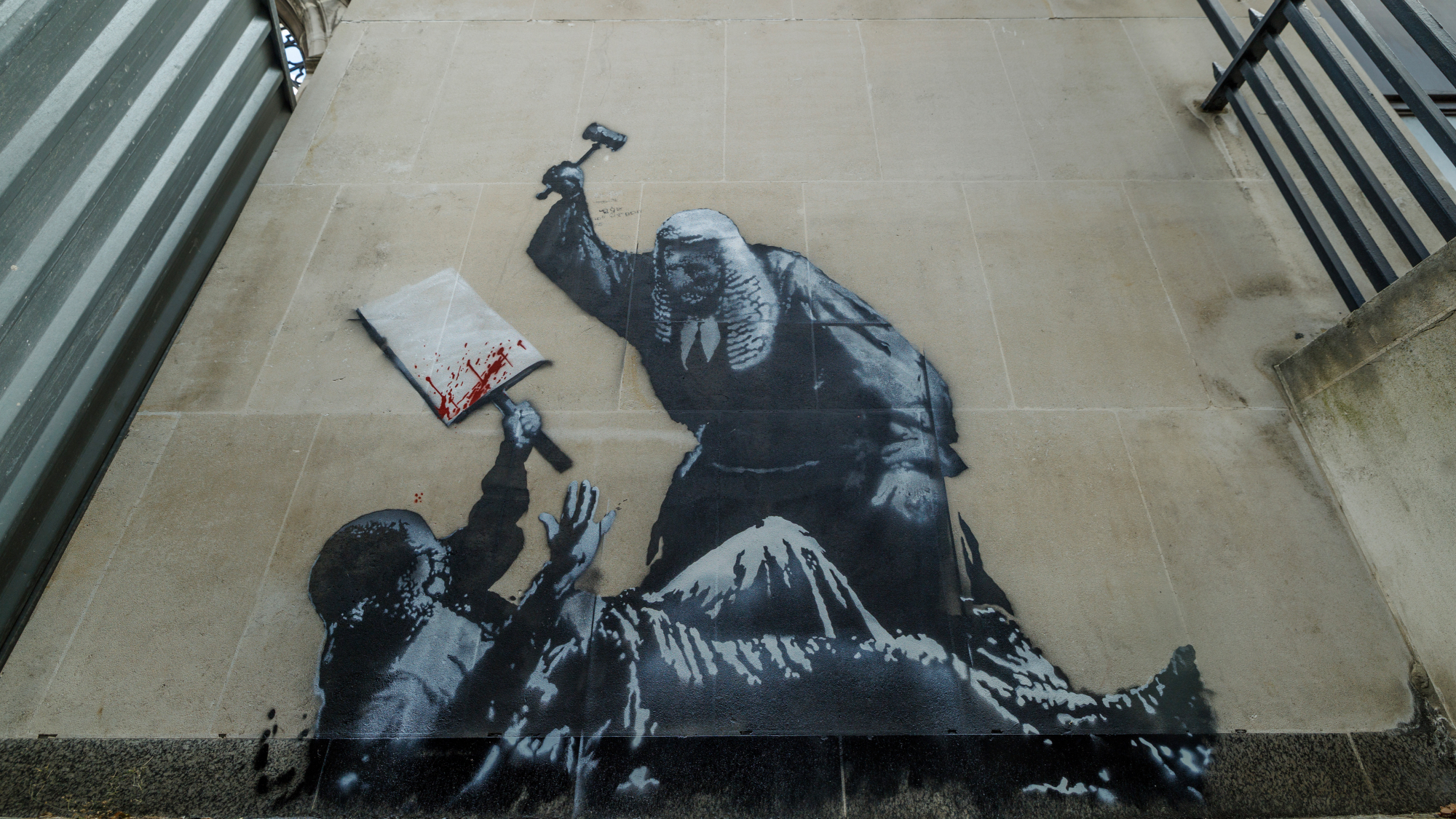 Art that made the news in 2025
Art that made the news in 2025The Explainer From a short-lived Banksy mural to an Egyptian statue dating back three millennia
-
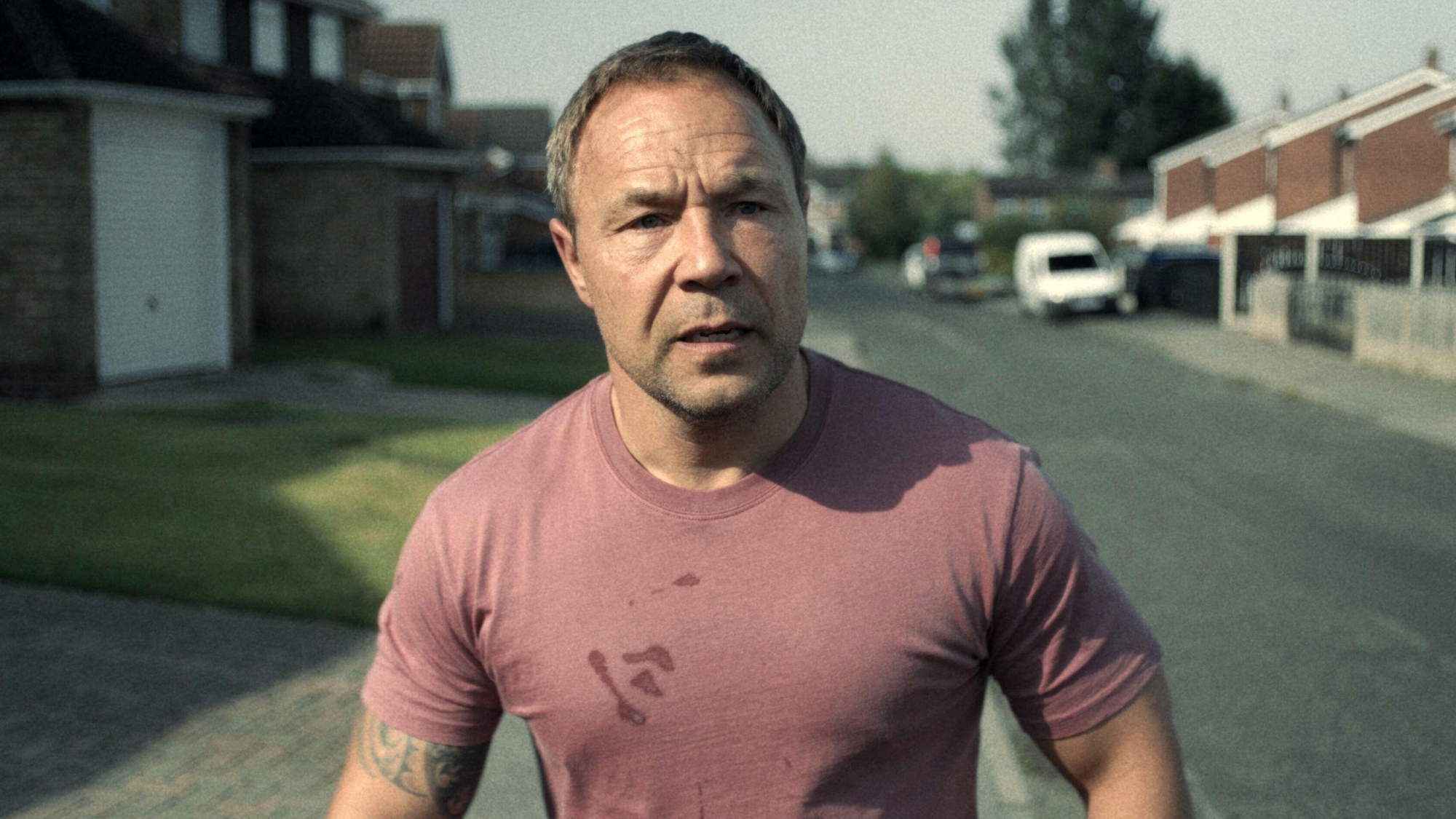 Nine best TV shows of the year
Nine best TV shows of the yearThe Week Recommends From Adolescence to Amandaland
-
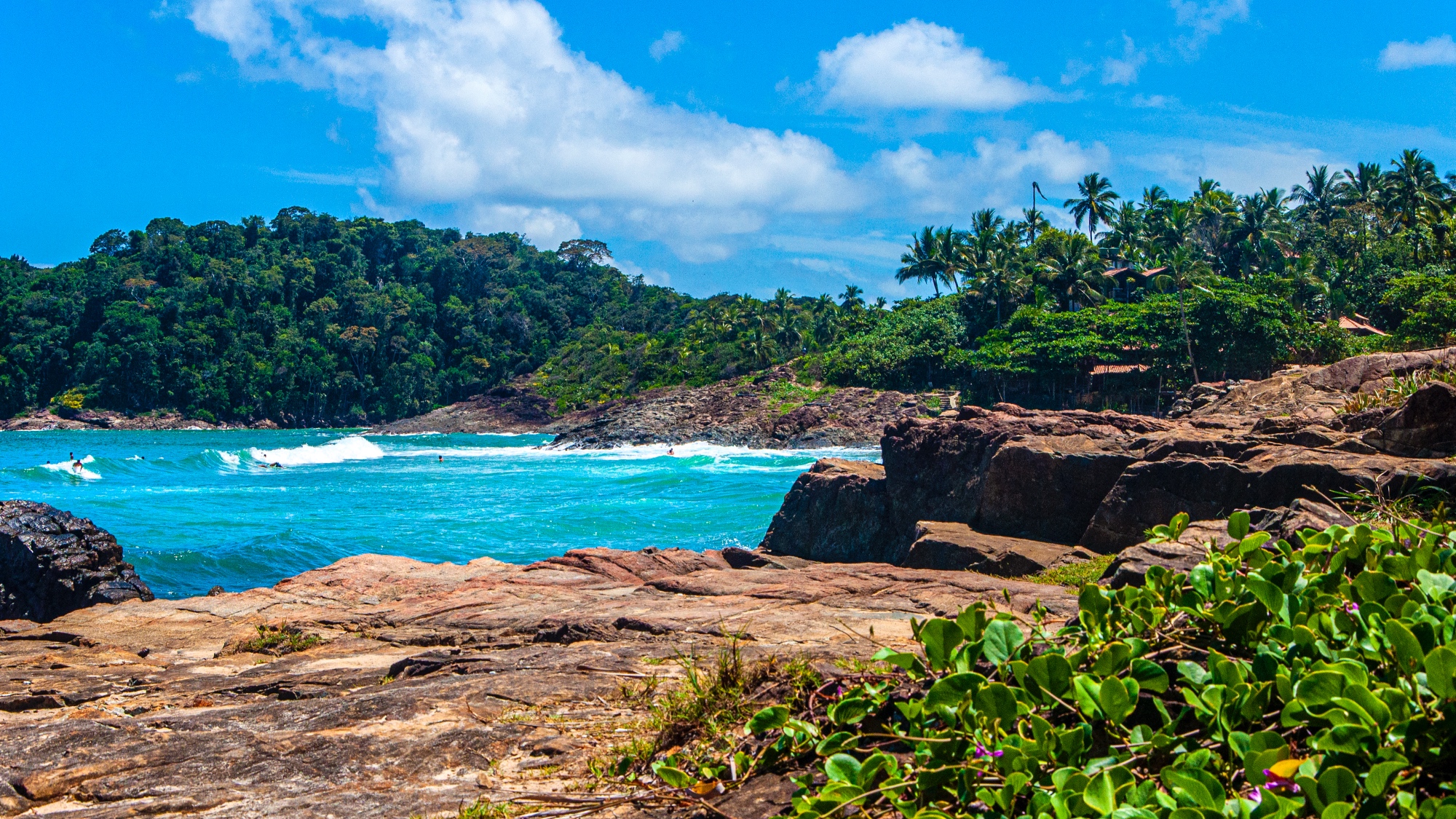 Winter holidays in the snow and sun
Winter holidays in the snow and sunThe Week Recommends Escape the dark, cold days with the perfect getaway
-
 The best homes of the year
The best homes of the yearFeature Featuring a former helicopter engine repair workshop in Washington, D.C. and high-rise living in San Francisco
-
 Critics’ choice: The year’s top 10 movies
Critics’ choice: The year’s top 10 moviesFeature ‘One Battle After Another’ and ‘It Was Just an Accident’ stand out
-
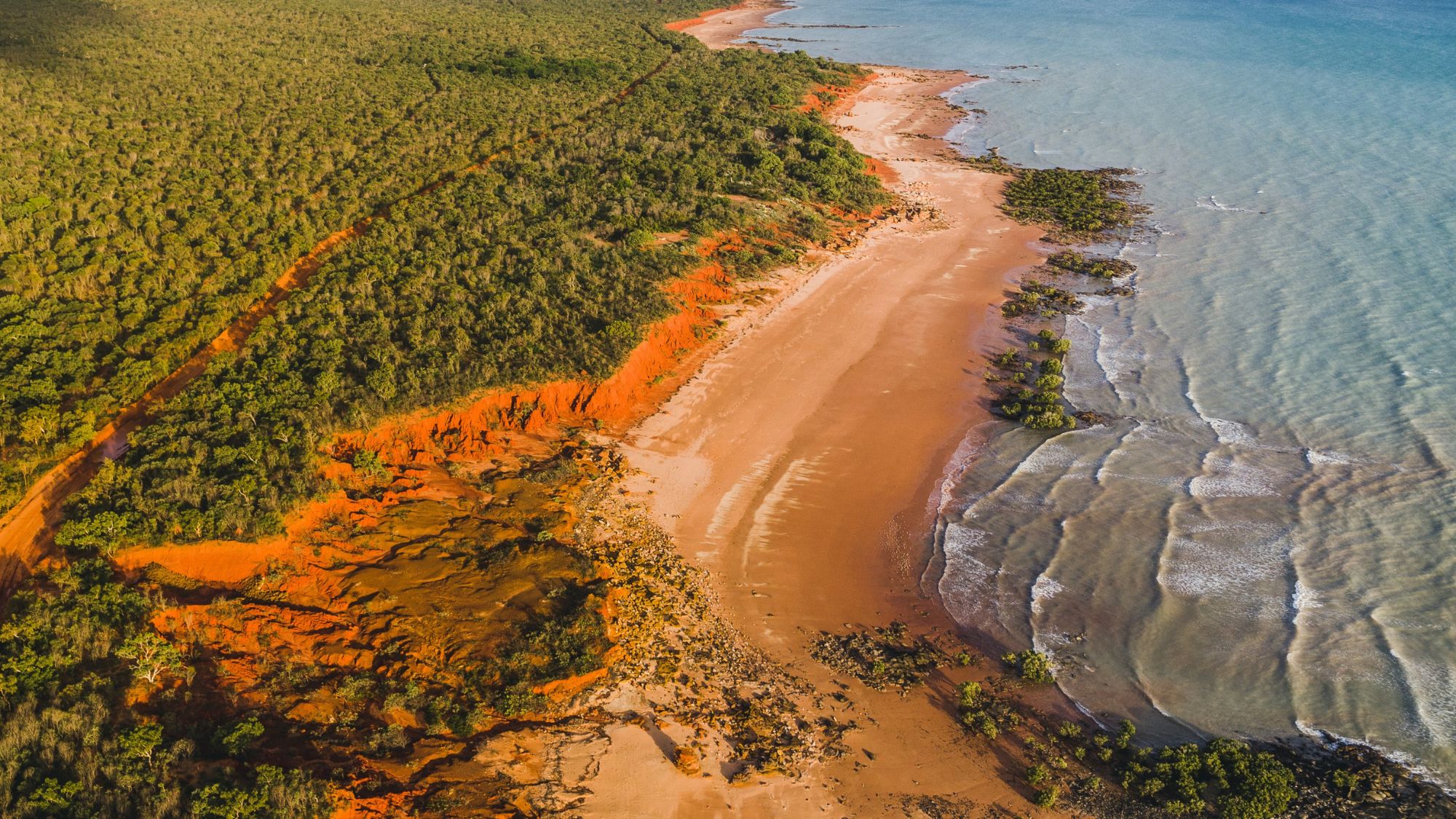 A luxury walking tour in Western Australia
A luxury walking tour in Western AustraliaThe Week Recommends Walk through an ‘ancient forest’ and listen to the ‘gentle hushing’ of the upper canopy
-
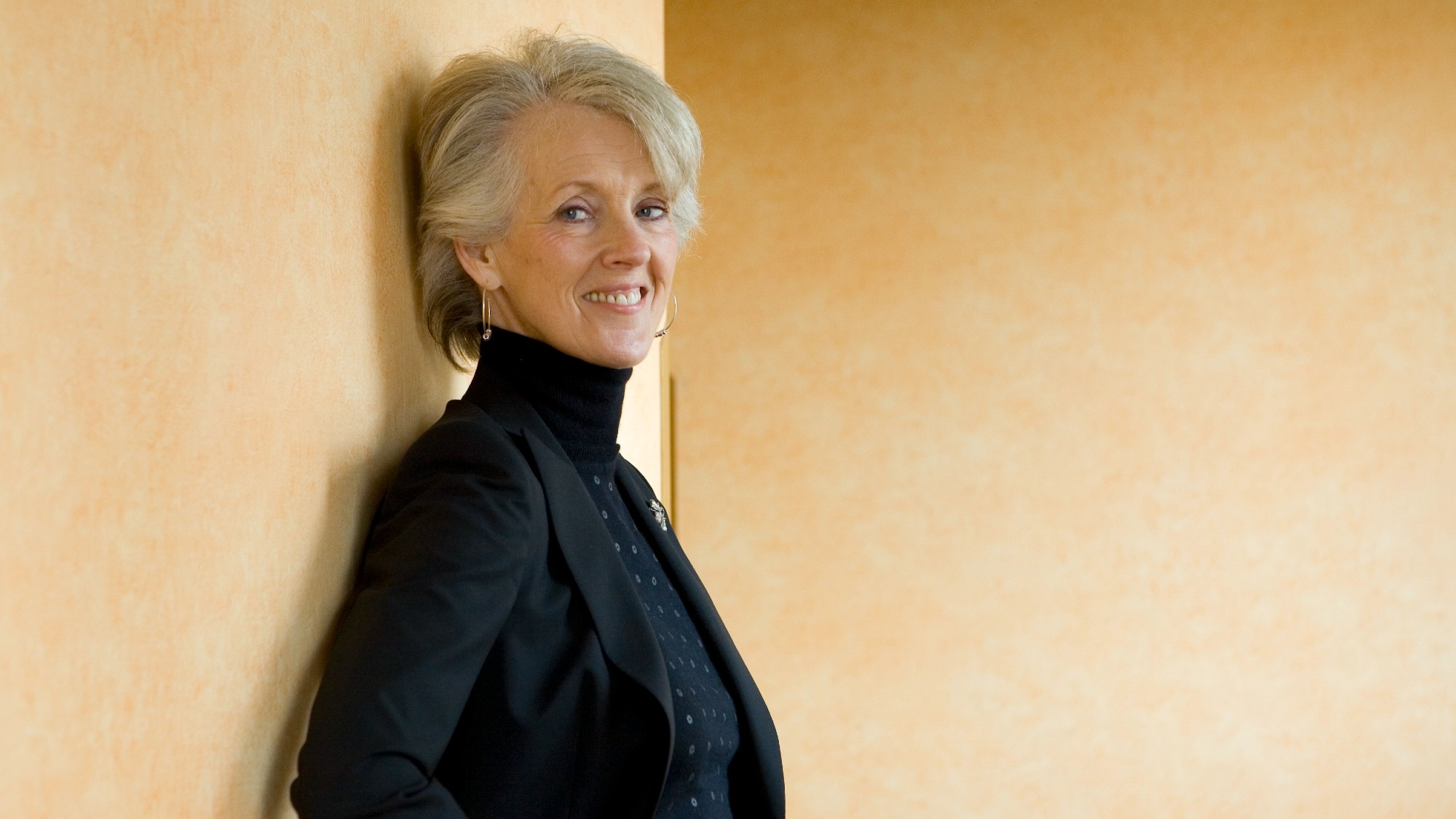 Joanna Trollope: novelist who had a No. 1 bestseller with The Rector’s Wife
Joanna Trollope: novelist who had a No. 1 bestseller with The Rector’s WifeIn the Spotlight Trollope found fame with intelligent novels about the dramas and dilemmas of modern women
